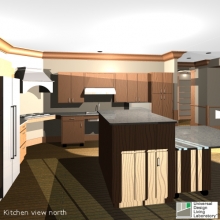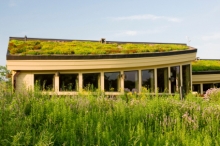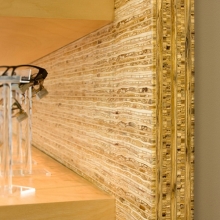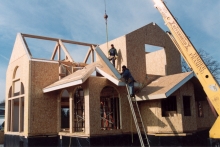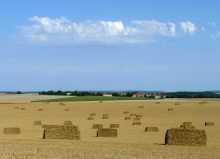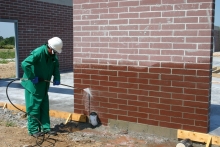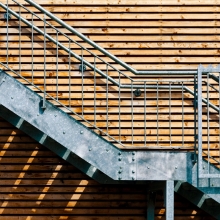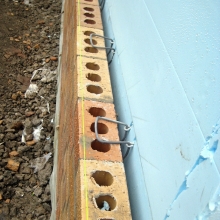Universal Design Living Laboratory
After a bicycle accident left her paralyzed 12 years ago, Rosemarie Rossetti realized that the two-story home she shared with her husband, Mark Leder, would never be able to fully accommodate her needs. Rossetti and Leder began to look into design options for a new home, and soon their personal project evolved into a mission to research, design, and build a home that would serve as an educational resource for the building industry as well as for consumers. The product of their campaign is the Universal Design Living Laboratory (UDLL), a National Demonstration Home in Columbus, Ohio, that seeks to incorporate three different design movements: universal design, green building (targeting LEED for Homes certification), and healthful, chemical-free products.
